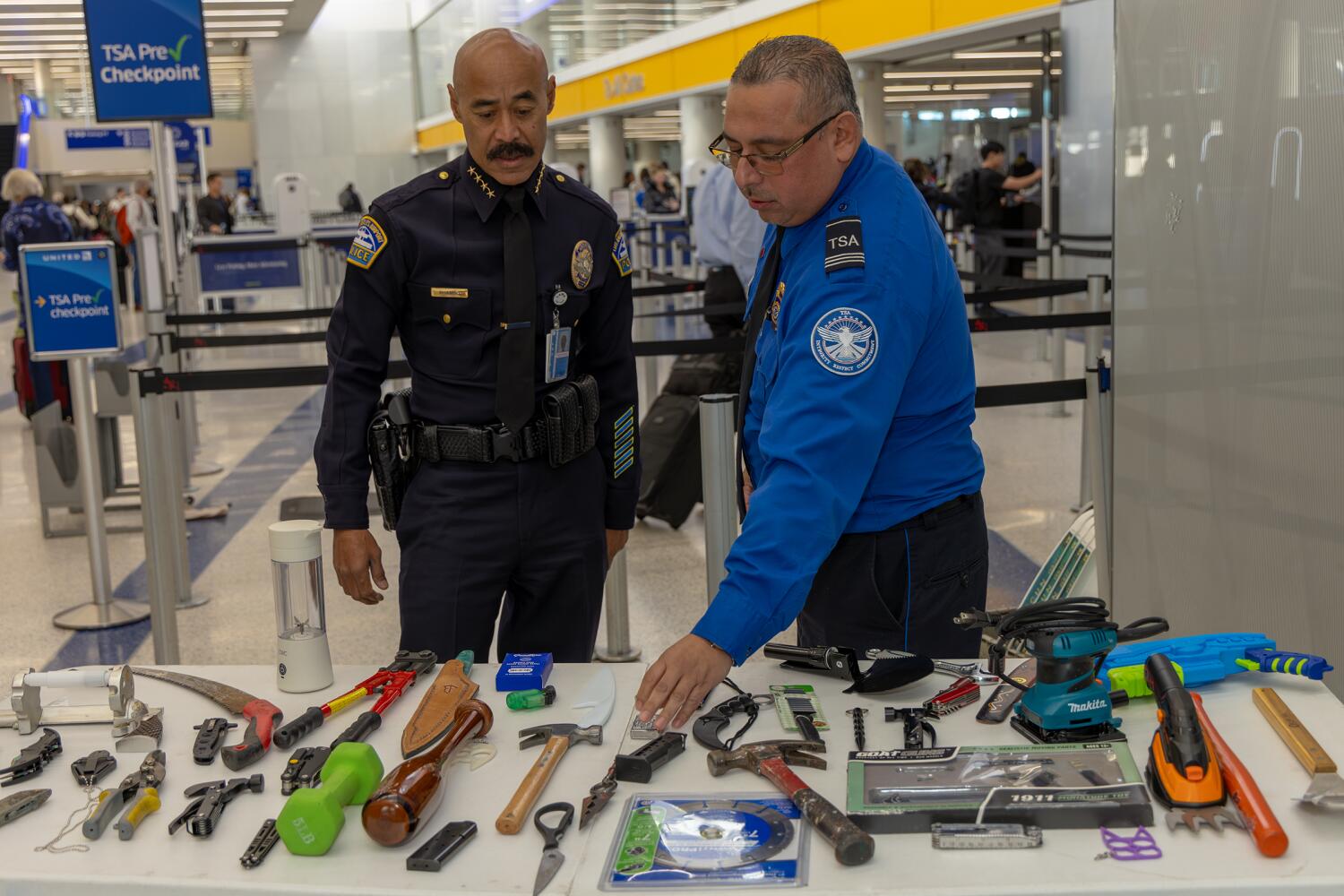In the first quarter of 2024, federal officials reported the discovery of over 1,500 firearms during airport security screenings across the United States. The Transportation Security Administration (TSA) revealed that approximately 93% of these firearms were loaded. This alarming statistic comes amidst a backdrop of over 206 million travelers passing through TSA screenings from January 1 to March 31.
Despite a slight decrease from the previous year, where 16.8 firearms were found daily, the rate remains concerning. TSA Administrator David Pekoske emphasized that even one firearm at a checkpoint is too many, slowing down the security process for all travelers. Pekoske underscored the importance of properly packing and checking firearms in baggage, including declaration to the airline and adherence to specific packaging requirements.
TSA Uncovers 1,500+ Firearms Among Airline Passengers in First Quarter of 2024 (Credits: CBS News)
The TSA’s protocol involves contacting local law enforcement to safely handle and unload discovered firearms, potentially resulting in arrests, citations, or fines of up to $15,000 for the passenger. Additionally, individuals may face up to five years of restricted access to TSA expedited screening processes. While the agency does not confiscate firearms directly, stringent consequences are enforced to deter future incidents.
Despite an increase of approximately 15 million travelers compared to the previous year, the TSA did not provide specific data for individual airports. However, past trends reveal a steady rise in firearm discoveries across Southern California airports. In 2023, TSA officers found 145 guns in carry-on luggage across five airports, including Los Angeles International Airport (LAX), Ontario International Airport, John Wayne Airport, Hollywood Burbank Airport, and Long Beach Airport.
This year, security officers discovered 33 firearms in the first quarter across these airports, with LAX leading with 16 firearm discoveries. These findings reflect an ongoing challenge for airport security, highlighting the importance of strict adherence to regulations regarding firearms and other prohibited items in carry-on baggage. As air travel continues to thrive, maintaining vigilance in security protocols remains paramount to ensuring passenger safety.
